
The group found that the ordered magnetic moment of Co2+ ions was significantly greater in CoFe2O4 nano-pillars embedded in multiferroic BiFeO3 matrices compared to CoFe2O4 nano-pillars embedded in SrTiO3 matrices or CoFe2O4– BiFeO3 thin films.
Their study clearly indicates that the high interface-to-volume ratio of vertical nanostructures creates a strong ferromagnetic and antiferromagnetic magnetic coupling via an interface. The study is important for the continuing pursuit for practical room-temperature multiferroic materials for high-performance oxide-based devices.
Read this HOT article today:
Strong magnetic enhancement in self-assembled multiferroic-ferrimagnetic nanostructures
Ying-Jiun Chen, Ying-Hui Hsieh, Sheng-Chieh Liao, Zhiwei Hu, Meng-Jie Huang, Wei-Cheng Kuo, Yi-Ying Chin, Tzeng-Ming Uen, Jenh-Yih Juang, Chih-Huang Lai, Hong-Ji Lin, Chien-Te Chen and Ying-Hao Chu
DOI: 10.1039/C3NR00104K











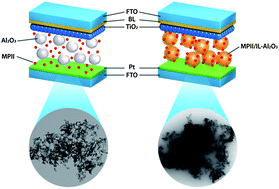 Jong Hak Kim and co-workers from Yonsei University report very impressive quasi-solid-state dye-sensitized solar cell (DSSC) efficiencies in
Jong Hak Kim and co-workers from Yonsei University report very impressive quasi-solid-state dye-sensitized solar cell (DSSC) efficiencies in 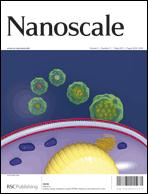
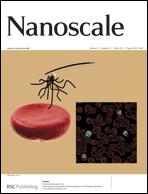
 Scientists from Tsinghua University in China have found a way to synthesis water soluble nanocrystals with sizes smaller than 10nm using a formamide solvent-system.
Scientists from Tsinghua University in China have found a way to synthesis water soluble nanocrystals with sizes smaller than 10nm using a formamide solvent-system.

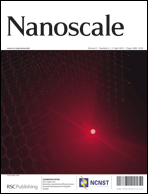
 The State Administration for Foreign Experts Affairs (SAFEA) is a division of the Chinese Government with which RSC has a cooperation agreement. Under this agreement the RSC and SAFEA will jointly fund researchers from the UK to visit Chinese Universities. The purpose of the visits is to stimulate collaboration between UK and Chinese institutions. They will allow the visitor to contribute their experience towards the development of excellent emerging science and build links with the Chinese Chemistry community.
The State Administration for Foreign Experts Affairs (SAFEA) is a division of the Chinese Government with which RSC has a cooperation agreement. Under this agreement the RSC and SAFEA will jointly fund researchers from the UK to visit Chinese Universities. The purpose of the visits is to stimulate collaboration between UK and Chinese institutions. They will allow the visitor to contribute their experience towards the development of excellent emerging science and build links with the Chinese Chemistry community. Collaborators in the US and China have demonstrated that by
Collaborators in the US and China have demonstrated that by 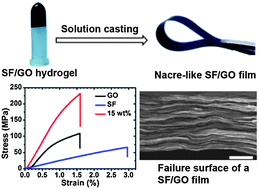
 Camouflaging nanoparticles so that they are not attacked by the immune system is a major challenge in developing long-circulating, effective drug-delivery vehicles. Attaching CD47, a transmembrane protein that serves as a universal molecular ‘marker-of-self’, to the surface of nanoparticles is one way to enable active immune evasion. However, functionalising the particle surface evenly and with uniformly oriented protein is very difficult.
Camouflaging nanoparticles so that they are not attacked by the immune system is a major challenge in developing long-circulating, effective drug-delivery vehicles. Attaching CD47, a transmembrane protein that serves as a universal molecular ‘marker-of-self’, to the surface of nanoparticles is one way to enable active immune evasion. However, functionalising the particle surface evenly and with uniformly oriented protein is very difficult.